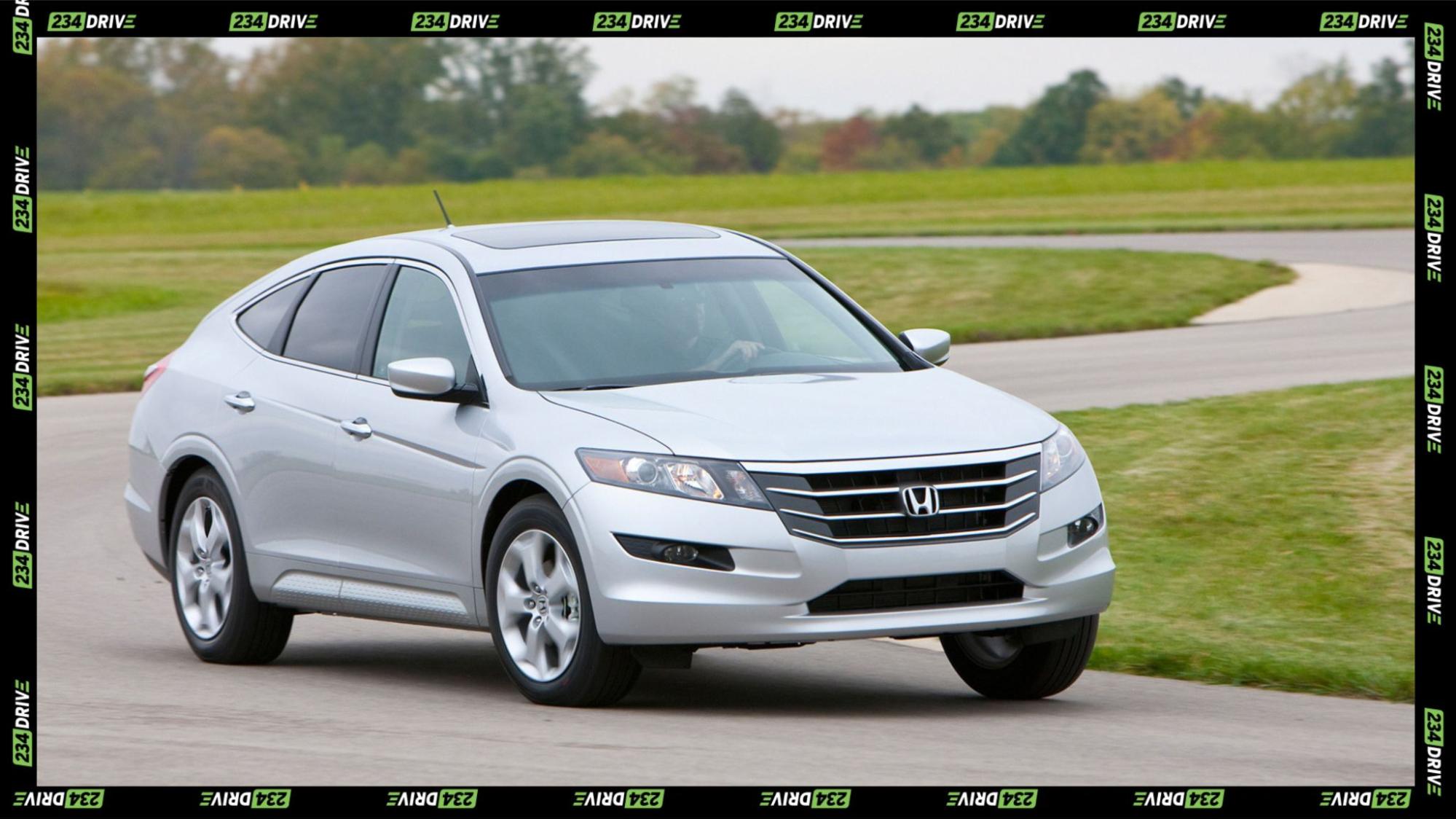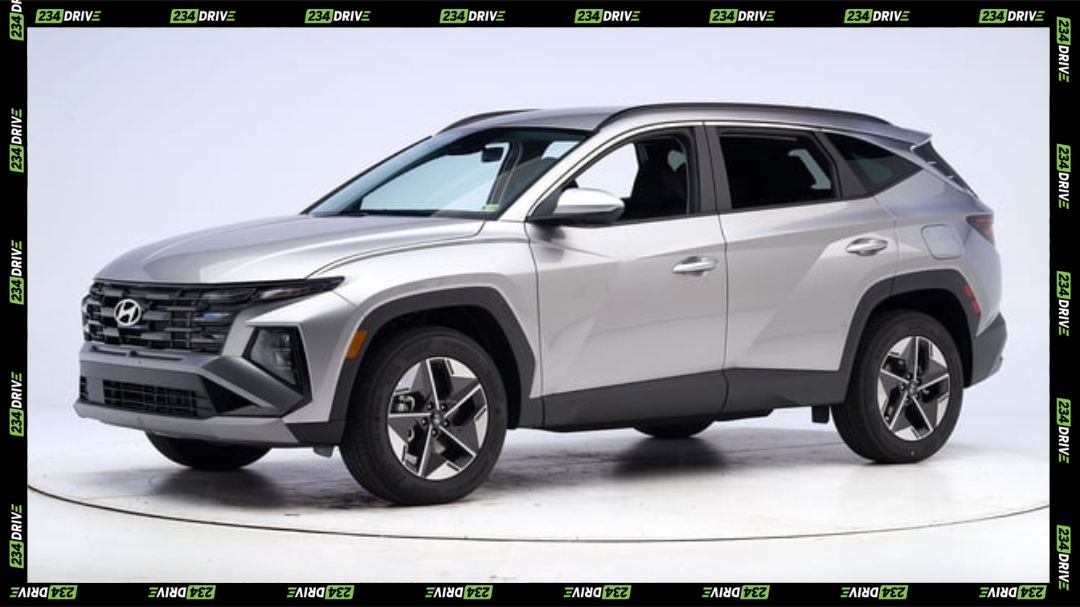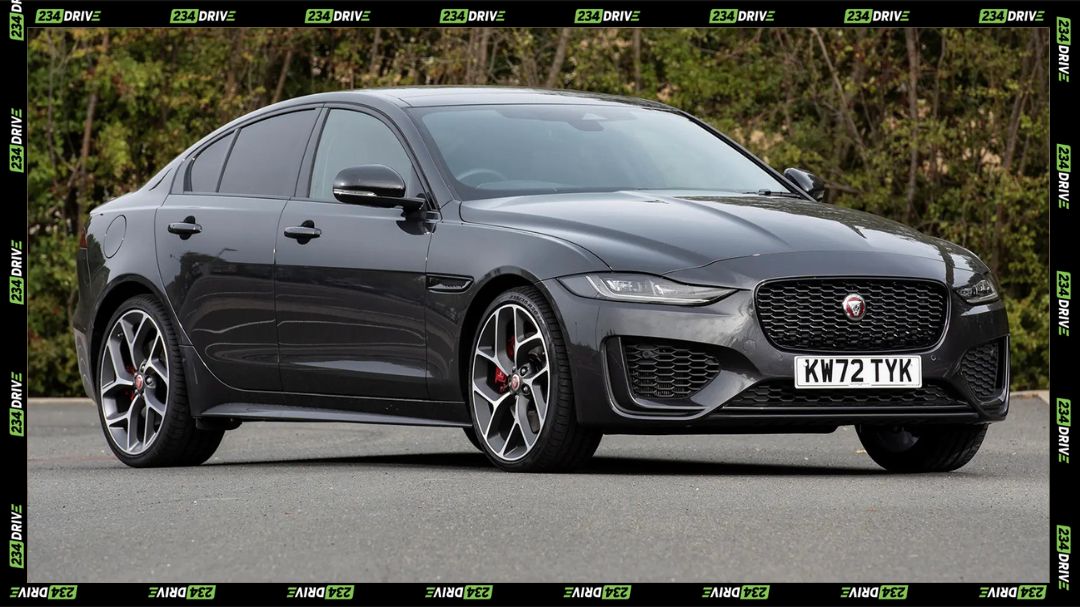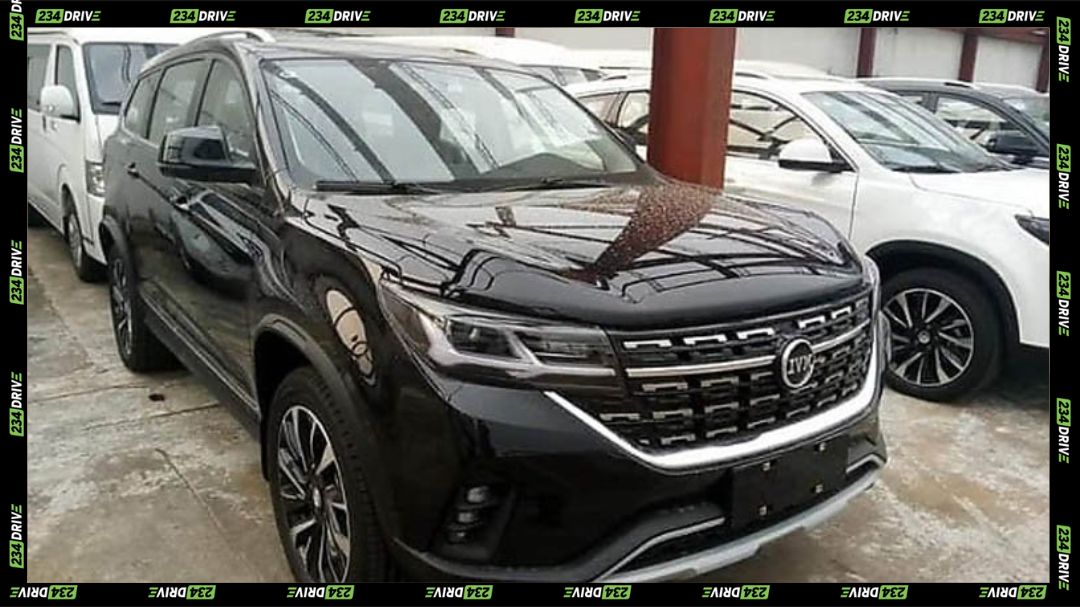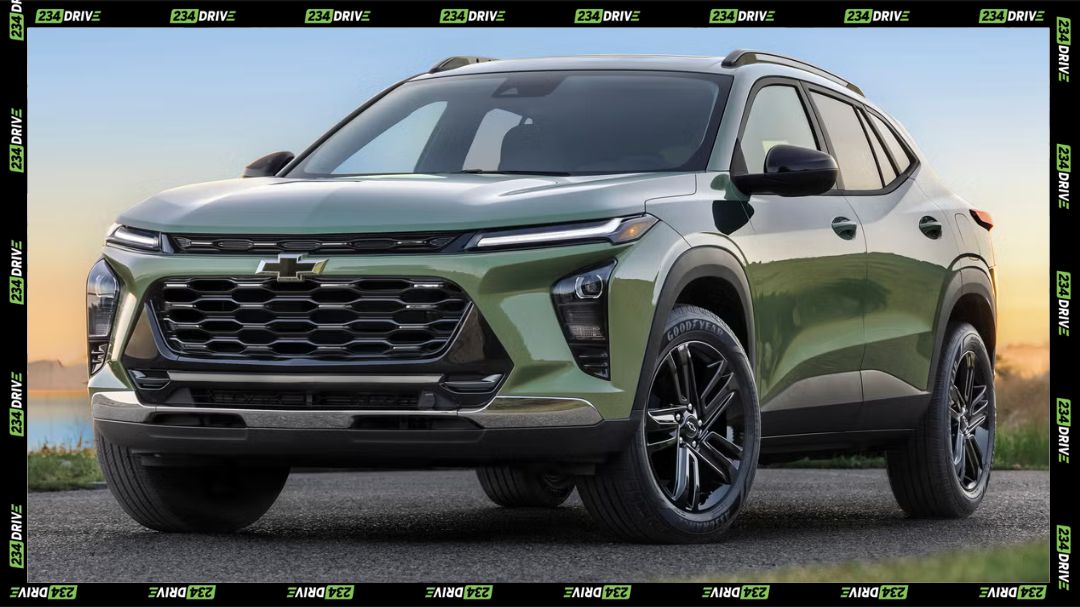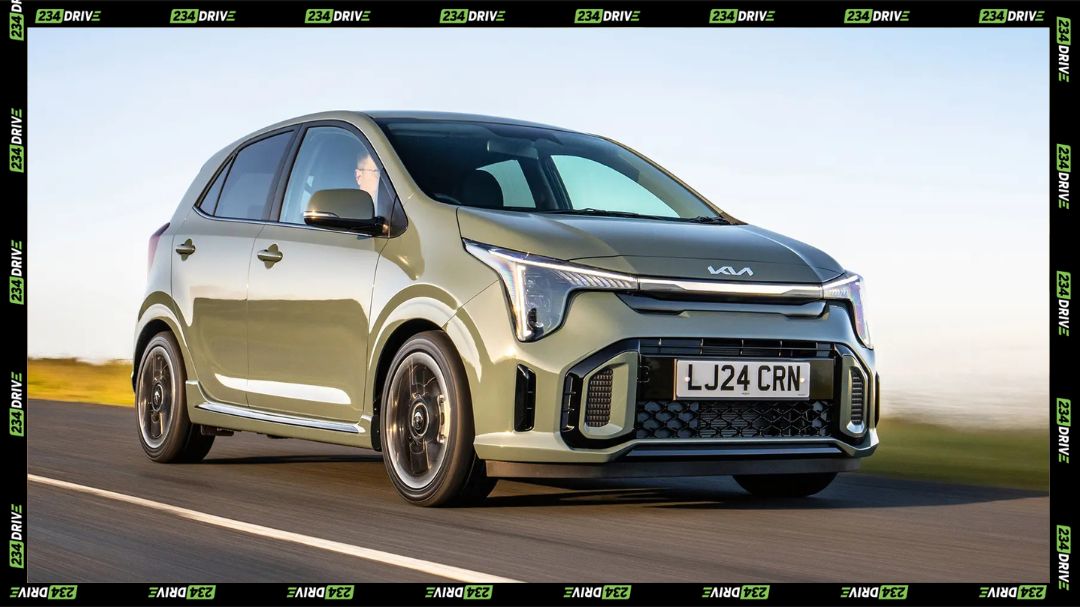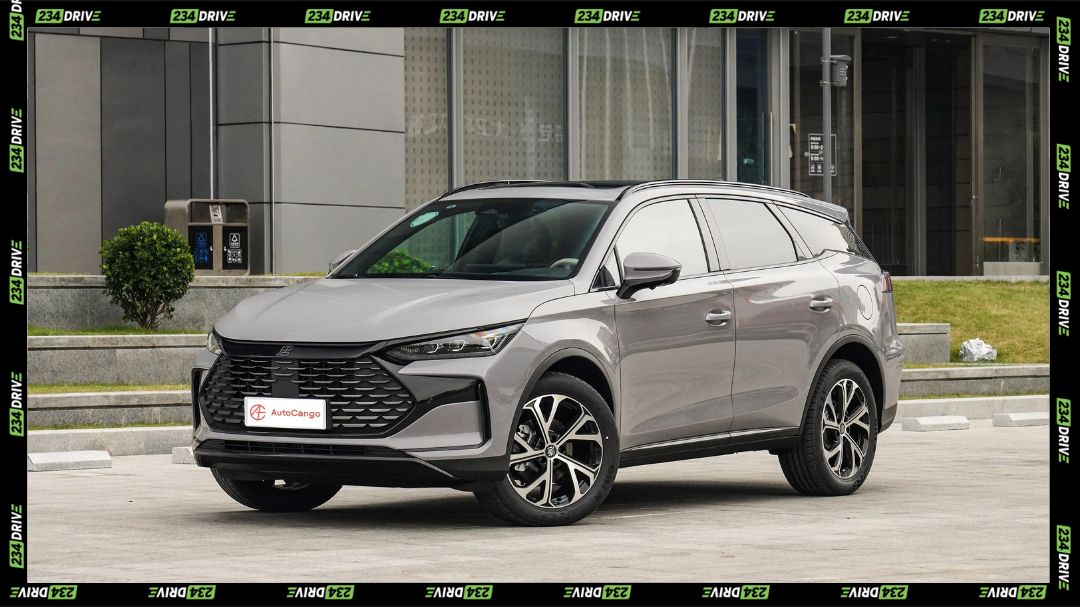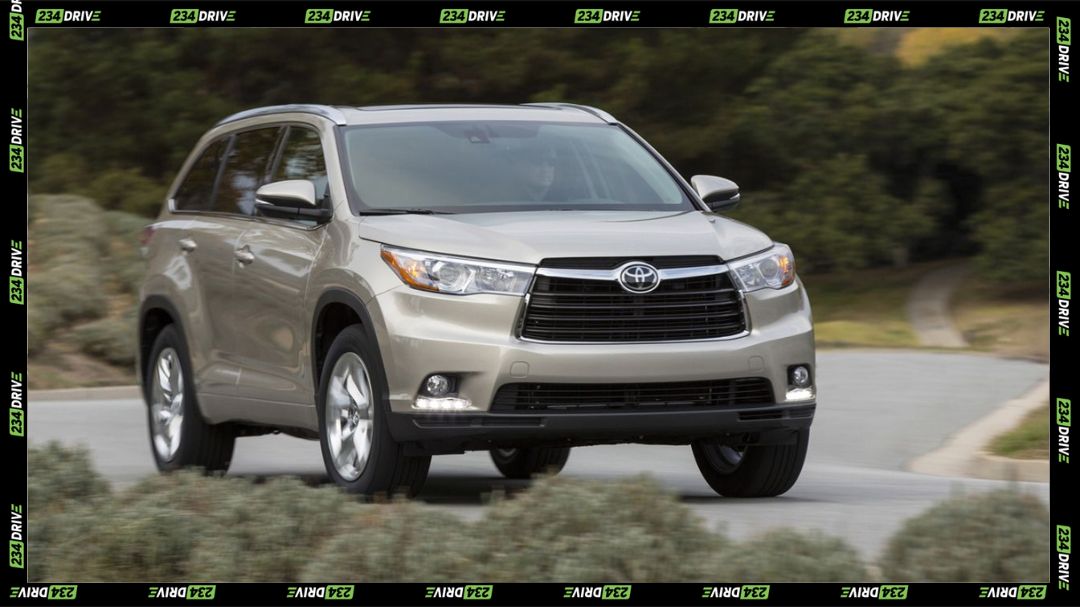Honda is preparing to release its latest electric vehicle, the Honda N-ONE e:, on September 12, 2025. This model follows the success of the Honda N-VAN e:, which launched in 2024 for commercial use, making the N-ONE e: the second mini-EV in Honda’s growing line-up. The vehicle inherits its DNA from Honda’s iconic N360 of 1967, a landmark car in the company’s history, while updating its design and functionality for modern daily needs. Built under the “e:Daily Partner” concept, the N-ONE e: is designed to make everyday mobility simpler, more efficient, and more enjoyable.
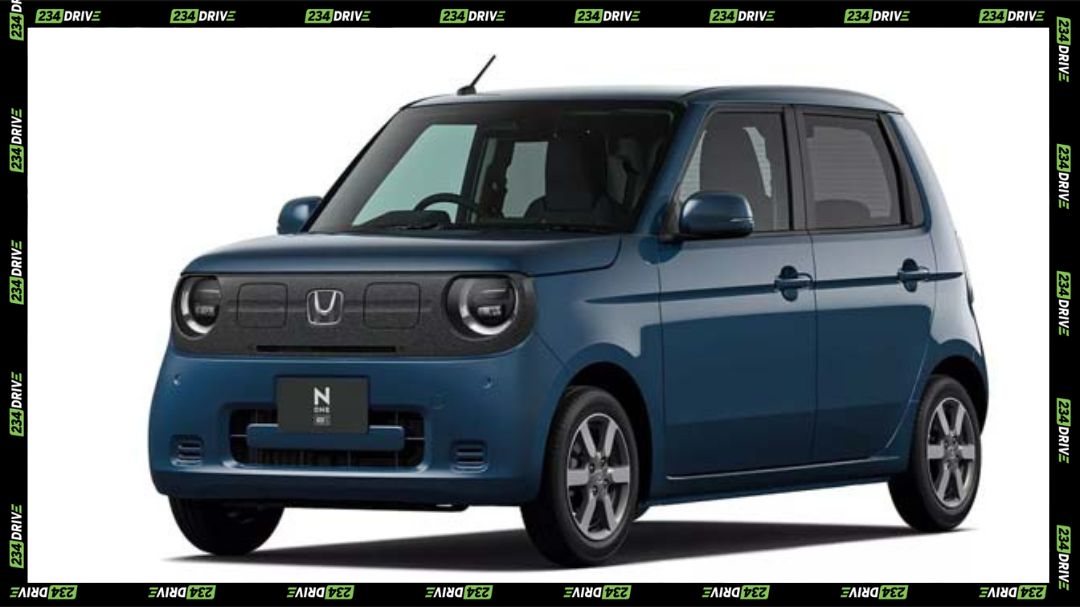
As part of Honda’s strategy to expand EV adoption in Japan and beyond, the N-ONE e: positions itself as a passenger-focused mini-EV that blends charm, practicality, and cutting-edge technology. It addresses key concerns like range, manoeuvrability, and cost-effectiveness while maintaining a stylish, compact profile. With Japan’s mini-car segment accounting for nearly 40% of new car sales, the N-ONE e: is expected to appeal strongly to young people, seniors, women, and families looking for an affordable yet advanced urban EV solution.
Exterior Design and Road Presence
The Honda N-ONE e: retains the beloved design of the base N-ONE, featuring a clean, round and approachable exterior. Its styling balances modernity with a nostalgic nod to Honda’s original compact cars, delivering a look that feels both timeless and practical. The subtle curves and smooth edges add to its visual warmth, ensuring the car stands out as both charming and contemporary in crowded city streets.
In line with Honda’s M/M (man maximum, machine minimum) philosophy, the exterior has been optimised to maximise interior space while keeping the overall footprint compact. This allows the N-ONE e: to maintain strong road presence without compromising its core role as a nimble, city-friendly EV. Its sleek proportions and approachable silhouette give it an edge in urban environments, where space and efficiency are highly valued.
Interior Comfort, Technology, and Driving Dynamics
Inside, the N-ONE e: focuses on simplicity and practicality. The dashboard is clean and intuitive, with strategically placed storage trays for daily essentials like handbags and shopping items. The car offers excellent visibility from the driver’s seat, making it easy to navigate tight city roads and busy intersections. One variant removes the navigation LCD screen, offering only Bluetooth audio connectivity, catering to users who prefer a minimalist setup and rely on smartphones for navigation.
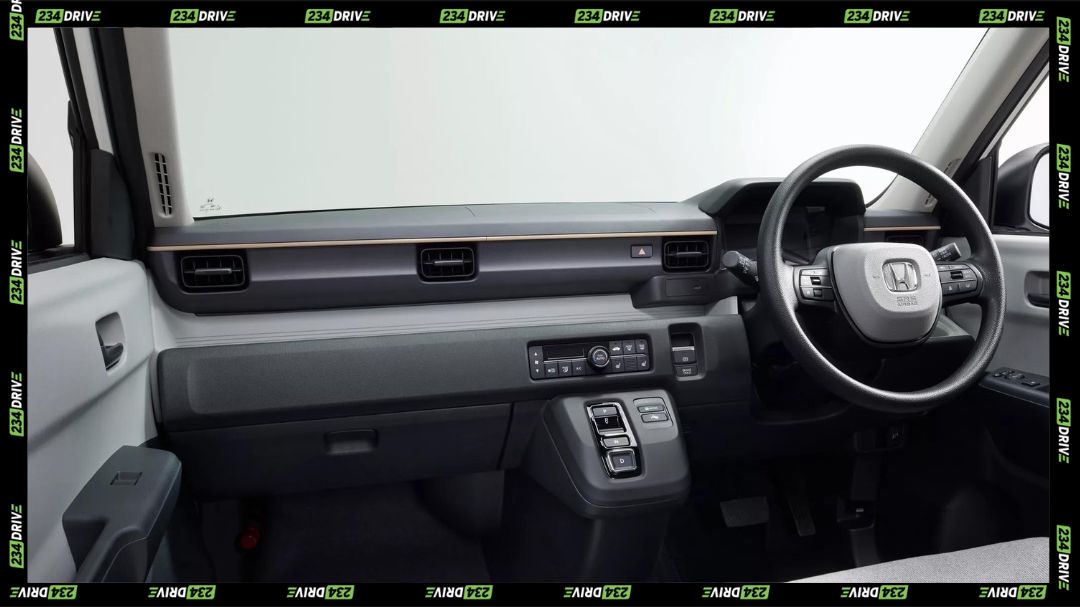
The interior is surprisingly spacious for a mini-car. Rear seats provide enough headroom for adult passengers and fold flat to create a generous cargo space, ideal for commuting or shopping trips. Combined with its 20–30 km short-trip efficiency, the N-ONE e: proves to be a versatile companion for daily urban life. Performance-wise, it integrates a Single Pedal Control system, allowing drivers to accelerate, decelerate, and stop smoothly using only the accelerator. The low-mounted battery improves stability, while the optimised steering ratio enhances manoeuvrability, making it particularly effective in residential areas.
Battery, Range, and Everyday Efficiency
The N-ONE e: addresses one of the biggest challenges facing EV adoption: range anxiety. It is equipped with a high-capacity floor-mounted battery, designed to preserve interior space while lowering the car’s center of gravity for improved handling. With a WLTC-certified driving range of 295 km per charge, it outperforms many of its competitors in the mini-EV segment.
This makes the car more than capable of handling the needs of urban commuters without requiring frequent recharges. By combining practical range with compact proportions, Honda ensures that the N-ONE e: appeals directly to consumers seeking an economical and stress-free daily partner.
The Honda N-One e: in the Nigerian Context
Nigeria’s driving environment comes with its own challenges: busy urban roads, inconsistent traffic flow, and limited but growing EV infrastructure. In this setting, the Honda N-ONE e: offers a strong mix of compact size, efficiency, and affordability. With a driving range of 295 km per charge, it can comfortably handle daily commutes in cities like Lagos and Abuja, as well as school runs and short leisure trips within typical ranges of 20–30 km.
While charging networks are still developing, the N-ONE e:’s range helps reduce the need for frequent charging stops. For young professionals, seniors, and women—the core target market—the car combines low running costs, minimal noise, and an approachable design. These features make it socially relevant and economically practical in Nigeria, where rising fuel prices and congested roads are pushing more drivers to consider EVs as a realistic daily solution.
Safety and Development
Safety is a critical focus of the N-ONE e:. By adopting a downsized power unit and thinner battery pack, engineers were able to preserve cabin space while integrating modern safety features. Development was led by Chief Engineer Hideaki Horita, whose team emphasised stress-free driving experiences, agile handling, and quiet operation in urban settings.
The team overcame significant challenges to electrify the base N-ONE without losing its identity or usability. Their work reflects Honda’s corporate culture of innovation and teamwork, highlighting the brand’s commitment to driving the adoption of small, practical EVs that improve everyday life.
Competitive Comparison
Compared to its rivals in the Japanese mini-EV segment, the Honda N-ONE e: positions itself strongly in terms of cost, performance, range, and practicality. Many competitors struggle to provide more than 200 km per charge, while the N-ONE e:’s 295 km range gives it a clear advantage. Its minimalist yet modern design also appeals to a wider demographic compared to boxier alternatives.
In terms of resale value and durability, Honda’s long-standing reputation for reliability plays an important role. Mini-cars in Japan often depreciate quickly, but the N-ONE e: benefits from Honda’s engineering credibility and brand loyalty. Maintenance costs are expected to remain low thanks to the simplified EV powertrain and Honda’s growing EV service infrastructure. Overall, the N-ONE e: emerges as a well-balanced option for urban drivers who prioritise efficiency, practicality, and comfort.
Conclusion
Honda introduced the N-ONE e: as its second mini-EV, reflecting the brand’s focus on sustainable and practical mobility for city drivers. With its charming design, smart use of space, competitive range, and accessible features, it is set to make a significant impact on Japan’s mini-car segment.
As EV adoption accelerates globally, models like the N-ONE e: will play a crucial role in bridging the gap between traditional petrol mini-cars and fully electric mobility solutions. With its combination of style, efficiency, and everyday practicality, the N-ONE e: is positioned to become a standout choice for those looking to make the transition to EVs.
What are your thoughts on the Honda N-ONE e:? Would it fit into your daily driving routine?


